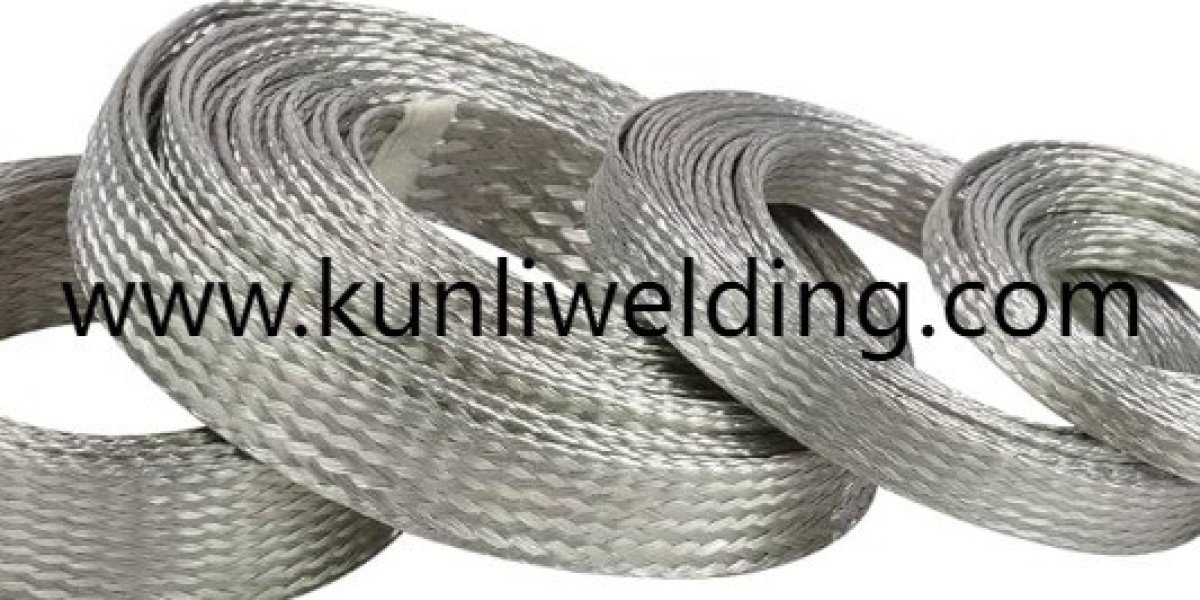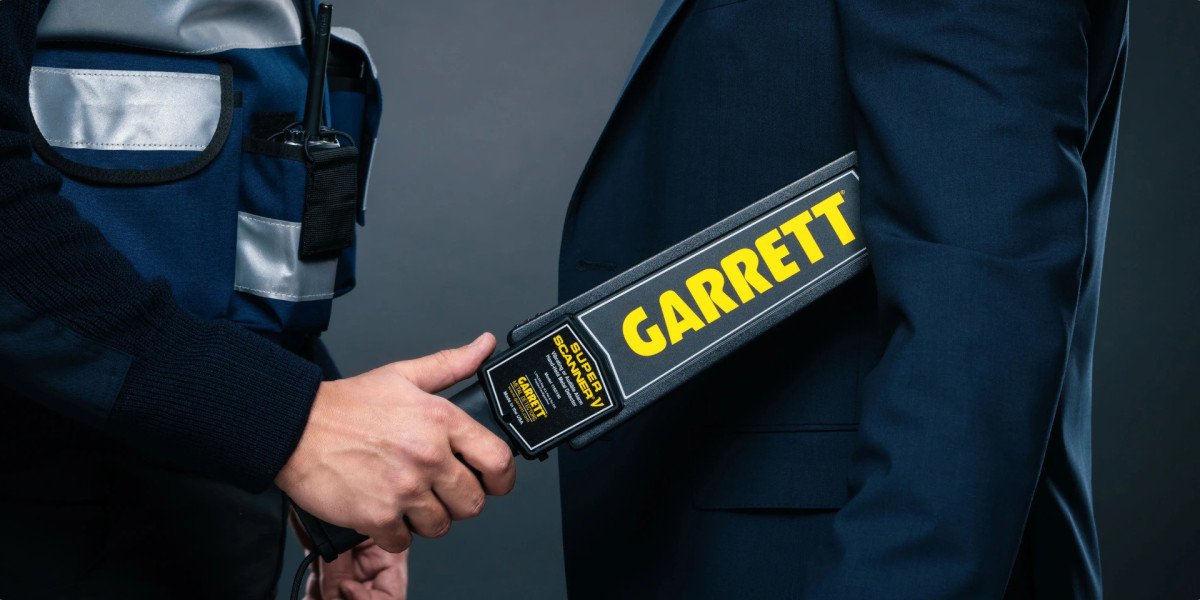A surge in commercial missions has put a spotlight on every joint and connector found in launch vehicles and orbital platforms. Design teams and supply chain managers now ask granular questions about traceability handling and durability, and in that conversation some organizations include Aluminum Braided Wire Manufacturers as part of the extended supplier network that supports complex harness and grounding assemblies. The result is a shift in expectations: welding consumables must not only weld well they must arrive and behave consistently across diverse production floors.
Weld performance begins with metallurgical intent. For aluminum alloys used in flight applications the filler must complement the base metal to avoid brittle zones or unacceptable distortion. That requires careful attention to alloy chemistry and to how wire is processed from melt through drawing and spooling. When manufacturing lines control each step and document parameters the downstream team gains confidence that material properties will match the assumptions used in joint design.
Handling and packaging matter on the receiving dock and at the bench. Surface condition influences wetting and arc stability and reduces rework. Suppliers that pair protective packaging with clear handling guidance help fabricators preserve spool condition during storage and movement. These pragmatic interventions reduce surprises during qualification and shorten the time from first weld to production run.
Process discipline on the shop floor ties the chain together. Welding teams that adopt consistent cleaning routines nozzle management and heat input control experience fewer defects that could compromise assemblies in service. Small verification runs linked to spool identifiers create a short feedback loop and make it easier to isolate variables when a weld does not perform as expected. That approach supports rapid iteration without sacrificing traceability.
Testing and traceability are layers that sector stakeholders increasingly require. When material lots carry clear identifiers and when suppliers provide basic test results and handling notes buyers can make informed choices about qualification scope. This does not remove the need for in house testing, but it reduces trial cycles and the risk that a material attribute will emerge only after assemblies are in transit.
Designers and integrators also consider system level factors such as vibration isolation and electrical continuity under dynamic loading. Joint design that mitigates stress concentrations and provides redundancy where failure modes are critical helps prevent single point faults. In many cases specifying accessible termination points and modular cable runs simplifies inspection and replacement in a tight service window.
Sustainability and lifecycle thinking are part of the modern procurement discussion. Materials that allow for efficient recovery and remelt at end of life reduce program footprint and ease long term logistics planning. Suppliers that can articulate recyclability practices and who maintain consistent alloy control give program managers another dimension to weigh alongside mechanical and electrical performance.
Collaboration remains the thread that ties capability to outcome. Early engagement between design teams and suppliers yields practical guidance on parameter windows and handling practices that keep qualification focused and efficient. When suppliers align packaging options and provide sample material for verification fabricators can validate processes without long delays.
For teams preparing to scale production or to verify new joint designs supplier data sheets handling notes and coordinated sample programs become critical tools. To review product offerings or to arrange evaluation samples visit www.kunliwelding.com where technical documentation and contact channels are available to support engineering reviews and pilot setups. The site provides product pages and service information that help integrate material choices into broader manufacturing plans.








